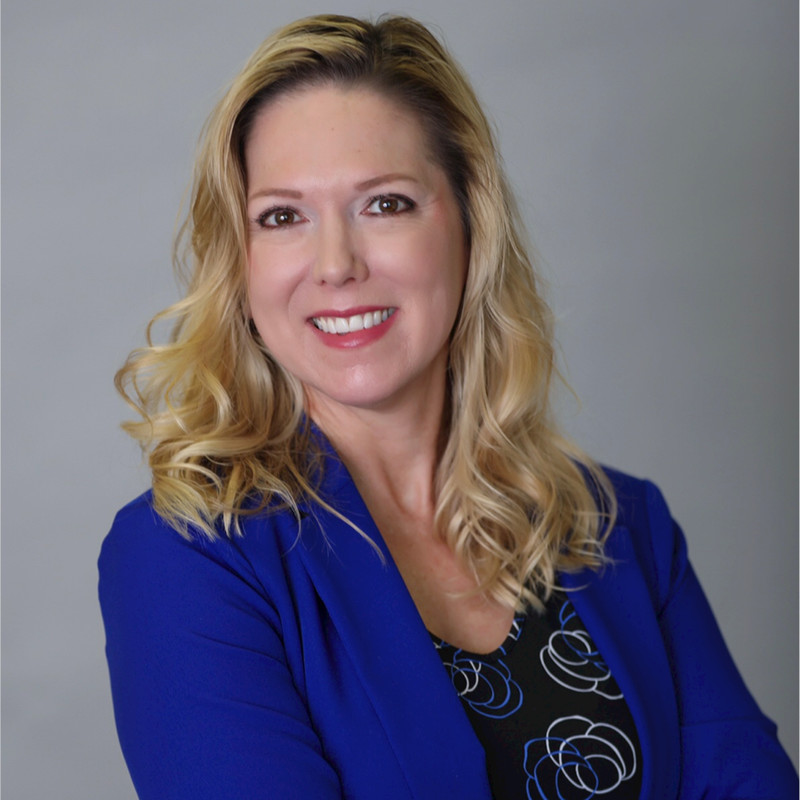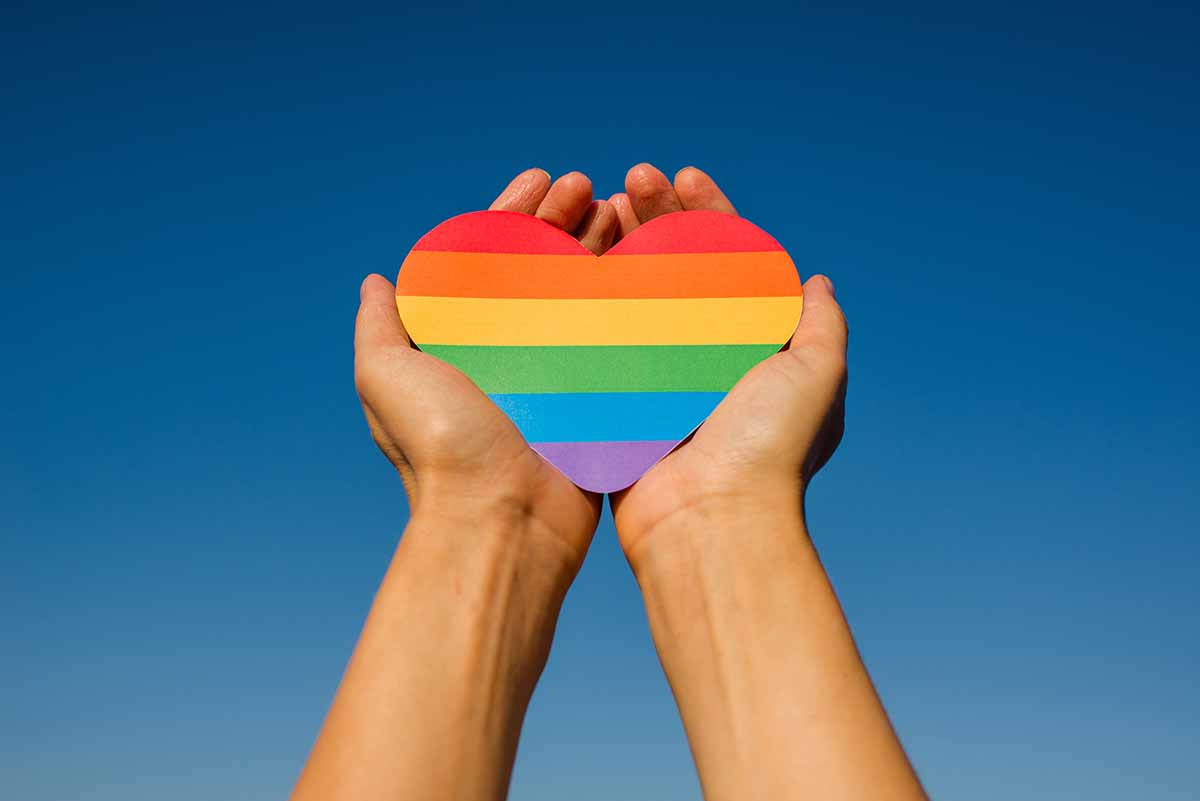June is Pride Month in the U.S. and across the world. During Pride Month, members of the LGBTQI+ community celebrate the freedom to be themselves, express their identity, and gather with friends, peers, and allies to show solidarity, love, and support for LGBTQI+ people everywhere.
Organizers hold Pride Month in June to commemorate the Stonewall Uprising in New York City that occurred on June 28th, 1969, when days of violent conflict between members of the LGBTQI+ community and police received national attention and galvanized a nascent gay rights movement into organized and focused action across the country. The Stonewall Uprising led to the formation of groups like the Gay Liberation Front and the Gay Activists Network.
In 1970, a year after the Stonewall Uprising, activists held the first Gay Pride marches. Over the past 50 years, Pride Month has gained momentum, attracting millions of participants – allies and members of the community alike – to events in every major city around the world. Marches, parades, concerts, educational workshops, awareness events, and outreach initiatives abound. Members of the community fly the rainbow flag high and proud to remind themselves – and everyone – of their history of oppression, how far we’ve come, and how far we still have to go in order to reduce stigma and increase understanding around LGBTQI+ issues.
As a member of the addiction treatment community, I want to lend my voice in support of Pride Month and let my LGBTQI+ sisters and brothers know that I’m here for them. I always have been, and I always will be: to me, that’s always been a no-brainer.
This year, there’s a specific LGBTQI+ issue I need to discuss: addiction in the LGBTQI+ community.
Addiction in the LGBTQI+ Community
It’s unrealistic to talk about addiction in the LGBTQI+ community without acknowledging several important facts:
- Diversity. The LGBTQI+ community is not monolithic. It’s as diverse as the world itself. Members of the community come from every culture, ethnicity, race, religion, nationality, and socioeconomic class. That’s one reason the Pride flag is a rainbow: members of the gender/sexual minority are everywhere, and come from everywhere.
- Stigma. Members of the LGBTQI+ community face stigma from many sides. Here are two key statistics:
- 40% of LBGT adults report rejection or disapproval from family and close friends.
- 86% of LGBTQ youth report harassment and bullying at school.
- Mental Health. Members of the LGBTQI+ community are three times more likely to develop major depressive disorder (MDD) and general anxiety disorder (GAD) than non-LGBTQI+ people.
- Suicide. LGBTQI+ youth and adults are at increased risk of suicide attempts and suicidal ideation. Key statistics:
- LGBTQI+ youth are four times more likely to attempt suicide than non-LGBTQI+ youth.
- Close to 50% of transgender individuals report considering suicide.
I mention these four things – as opposed to the addiction statistics – because they give us an idea of the makeup of the LGBTQI+ community and the barriers and challenges they face, simply as a function of their identity. Experts theorize that stigma and rejection play a large role in the increased rates of mental health disorders in the community. I’ll give you the addiction data in a moment. But first, here’s how the researchers at SAMHSA explain alcohol and drug use among LGBTQI+ youth:
“LGBT youth use alcohol and drugs for many of the same reasons as their heterosexual peers…However, LGBT youth may be more vulnerable as a result of the need to hide their sexual identity and the ensuing social isolation. As a result, they may use alcohol and drugs to deal with stigma and shame, to deny same-sex feelings, or to help them cope with ridicule or antigay violence.”
I offer this insight on LGBTQI+ youth because that’s when the experience of stigma often begins, since that’s when many members of the community first come out to friends and family. This early experience of rejection, shame, and stigma can affect everything from self-esteem to academic performance to adult employment. And, as this next series of statistics shows, these early, negative experiences are also a logical explanation for the increased prevalence of addiction in the LGBTQI+ community, as compared to the non-LGBTQI+ community.
Prevalence of Addiction Among LGBTQI+ Adults
Every year, researchers at the University of Michigan, in collaboration with the National Institutes of Health (NIH), publish the results of the National Survey on Drug Use and Health (NSDUH) as part of the Monitoring the Future (MTF) survey. These surveys are large, with data from over 70,000 people from diverse communities around the country. This means we’re able to make population-level generalizations from the figures they present. In other words, these surveys give us a reliable picture of the prevalence of various behaviors in the U.S.
I collated the following statistics from the 2019 MTF, in order to give you an idea of the rates of substance use disorder (SUD), alcohol use disorder (AUD), and opioid used disorder (OUD) among the LGBTQI+ community, as compared to the total population.
2019 MTF: SUD, AUD, OUD (Adults 18+)
- Substance Use Disorder (SUD):
- Total: 7.7%
- LGB (no data for TQI+): 18.3%
[Note: In case you were wondering, TQI+ means trans, queer, intersex, and questioning]
- Alcohol Use Disorder (AUD):
- Total: 7.2%
- LGB: 12.3%
- Opioid Use Disorder (OUD):
- Total: 0.6%
- LGB: 1.8%
These numbers are instructive. Rates of SUD are three times higher for LGB individuals, rates of AUD are almost twice as high for LGB individuals, and rates of OUD are three times higher for LGB individuals. The pattern is clear: members of the LGBTQI+ community experience addiction at higher rates than people in the gender and sexual minority.
There are two more sets of stats to share that are important. Rates of co-occurring disorders – i.e. when one person is diagnosed with AUD/SUD and a mental health disorder – and information on the treatment gap, i.e. the difference between the number of people who need addiction treatment (diagnosed with SUD) and the number of people who receive addiction treatment.
2019 MTF: Co-Occurring Disorders and The Treatment Gap (Adults 18+)
- Co-Occurring Disorders:
- Total: 2.1%
- LGB: 12.9%
- Treatment Gap (Among people diagnosed with SUD):
- Total: 9.5%
- LGB: 13.6%
These figures show us one predictable thing, and one thing we may not have predicted. Given the information presented earlier, you may have predicted that members of the LGBTQI+ community experience co-occurring disorders at a higher rate than the total population – but you may not have expected the difference to be that large. That’s something important to know: integrated treatment, which means treating addiction and additional mental health disorders simultaneously, is an important element of addiction treatment for LGB people.
The data on the treatment gap is what you might not have anticipated: LGB individuals who need treatment receive that treatment at higher rates than recorded in the total population. This is also important to know, but the explanation is unknown. I suggest it may be because members of the sexual and gender minority may have had to face and overcome stigma related to their sexual and gender identity, which prepared them to face and overcome the stigma associated with addiction treatment. In any case, that’s a positive sign – and one that my colleagues and I can build on.
We Stand In Solidarity
In closing, I want to share something with you about addiction treatment. Particularly therapy groups, which include, by extension, community support groups such as Alcoholics Anonymous (AA) and Narcotics Anonymous (NA). It’s not really a secret, but it’s something people who’ve never been in treatment or who’ve never attend a meeting might not be aware of:
We accept everyone, no matter what. We accept you always, no questions asked, no exceptions.
When you walk through that door and ask for help, we help. All of us. From clinicians to peers to CEOs to facility managers and everyone in between. We know addiction is the great leveler, because anyone can develop addiction. That prepares us to be open-minded and accepting of differences – again, always, with no exceptions. That means that LGBTQI+ people who walk into any Pinnacle Treatment Centers location and ask for help don’t have to worry about being judged. Or stigmatized, rejected, or bullied.
It just won’t happen.
Why?
Because we’ve learned to see past what doesn’t matter to what does matter. We see the human being beneath the surface.
That’s what I want my LGBTQI+ sisters and brothers around the country and world to know: I see you. We see you. We’re here for you. If you need help – whether you’ve struggled with addiction for years or you just realized you have a problem – then please, get the help you need. You’re always welcome, and my colleagues and I will do everything we can to give you the support you need.
One last thing – so we can end on an upbeat note:
Happy Pride Month!


